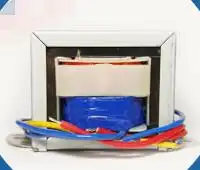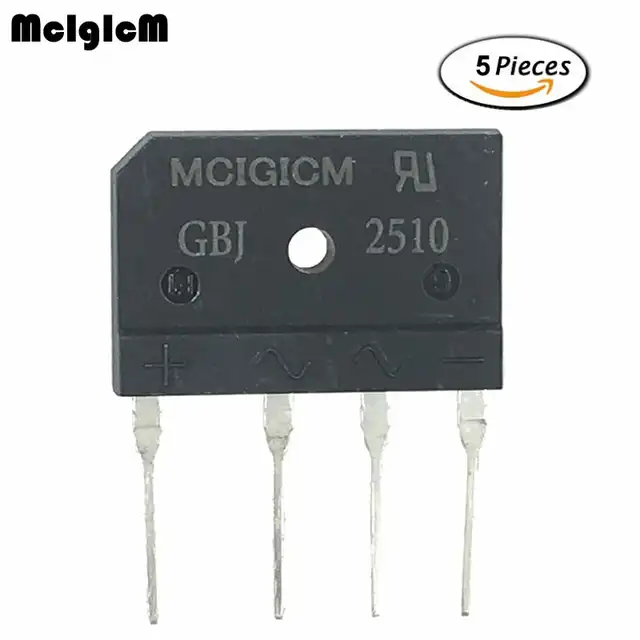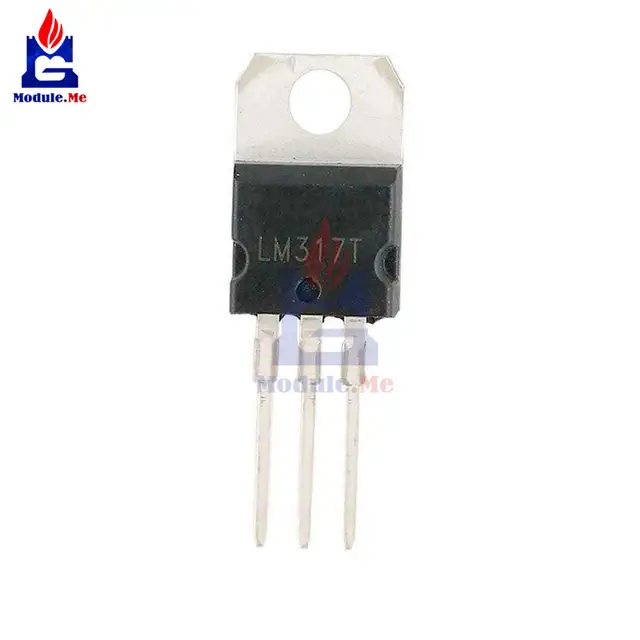This is the very first law related to electricity. It was presented by German physicist Georg Simon Ohm (1787 - 1854). The importance of this law is evident from the fact that it is still valid and used in almost all the design, troubleshooting and repairing of any electrical system. It is applicable to all linear circuits (a circuit is linear if voltage and current graph is a straight line). It is also applicable to both AC or DC circuits. It describes the relationship between three basic quantities, that is, current, voltage and resistance.
The scientist performed series of experiments, at that time there were no electrical measuring instruments. In today's world we can easily verify Ohm's law because we have measuring instruments.
The empirical law describes the linear relationship between current and voltage.
“At constant temperature, it takes
one volt of electrical pressure (voltage) to push one ampere of current through one ohm resistor”
OR
“At constant temperature, current (I) through the conductor is directly proportional to voltage (V) applied across its terminals”
Mathematically,
I ∝ V
V = I*R
I = V/R
R = V/I
I = G*V
R = 1/G
Where, R is constant of proportionality called resistance. Resistance is inversely proportional to conductance (G). R is same for a single material. The value of R (resistance) depends on material, its dimensions and temperature. I explained temperature dependence of resistances here.
R = ρ*L/A Equation 1
The above equation 1 shows the resistance of a resistor depends on its dimensions ( length (L) and area (A) of conductor).
Rt = Ro (1+ αot) Equation 2
Equation 2 shows temperature dependence of conductors. It is measured in unit Ohms and represented by Greek letter Omega (Ω).
Understanding Ohm’s Law With Simple Analogy
| Ohm's Law and its analogy |
Beginners are always confuse with theory and mathematical relationships. Here is a simple analogy for Ohm's law.
Consider two pipes of different dimensions (different diameters and hence different area A).
Water easily passes through pipe A because of larger area. It means water passes through less resistive path easily. While in pipe B less water comes out because it offers more resistance for the flow of water.
In this example, voltage is analogous to water pressure. The pipe itself analogous to resistance. It provides the path for the water. If the pipe is narrow, the water flow is less as compared to the broad pipe
Water is analogous to current (electrons) , which flows e region of higher pressure to lower pressure. In the same way current flows from higher potential to lower potential (voltage).
Similarly if consider current ( electrons) instead of water. We get similar observations.
Understanding Ohm’s Law With Simple Experiment
A simple electric circuit is shown. A voltage source (battery) is connected across load resistor (lamp). A connecting wire is a conductor. When circuit is closed, current flows from battery to the lamp, and hence lamp illuminates.
Ohm’s law describes the way in which current flows through the conductor when external voltage is applied From observations we conclude:
- The current is directly proportional to source voltage
- The current is inversely proportional to the resistance. The higher the resistance, the lower the current
Limitations Of Ohm's Law:
- It is valid for metallic conductors only
- Metallic conductors obey Ohm's law at moderate temperatures only
- All semiconductor devices like diodes, vacuum tubes, transistors, thermistors etc don't obey Ohm's law. They are non-ohmic devices
| IV characteristics curve of an ohmic and non-ohmic conductor |





.jpg)

.jpg)
